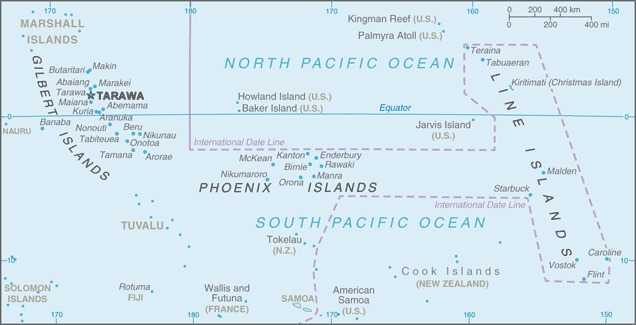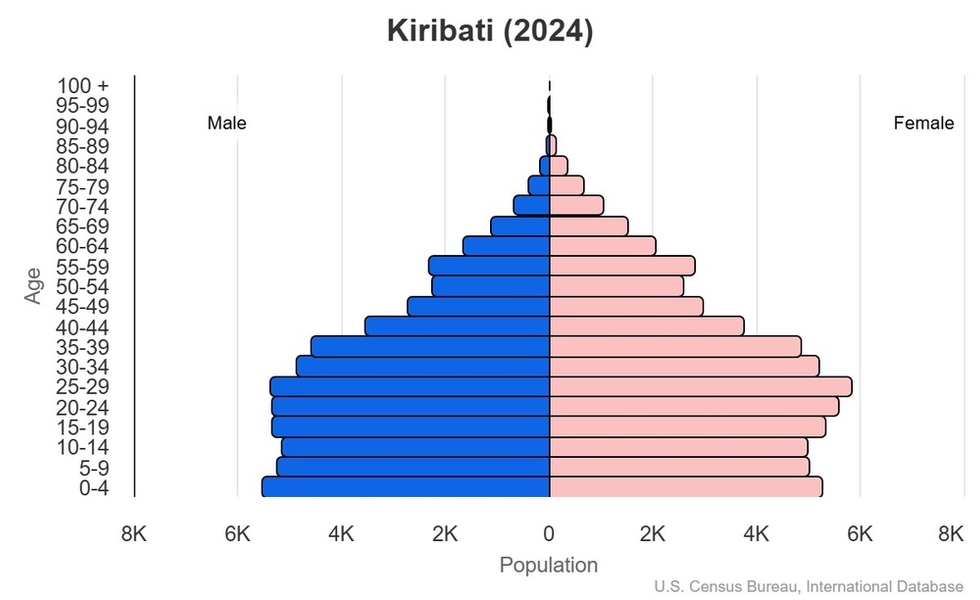Introduction
Visit the Definitions and Notes page to view a description of each topic.
Geography
People and Society
Population
comparison rankings: total 189; male 190; female 189
Median age
comparison ranking: total 160
Population growth rate
comparison ranking: 91
Birth rate
comparison ranking: 70
Death rate
comparison ranking: 125
Net migration rate
comparison ranking: 176
Maternal mortality ratio
comparison ranking: 73
Infant mortality rate
comparison ranking: total 45
Life expectancy at birth
comparison ranking: total population 188
Total fertility rate
comparison ranking: 91
Obesity - adult prevalence rate
comparison ranking: 9
Alcohol consumption per capita
comparison ranking: total 165
Tobacco use
comparison ranking: total 9
Children under the age of 5 years underweight
comparison ranking: 59
Education expenditure
comparison ranking: Education expenditure (% GDP) 1
Environment
Carbon dioxide emissions
comparison ranking: total emissions 210
Government
Economy
Real GDP (purchasing power parity)
comparison ranking: 210
Real GDP growth rate
comparison ranking: 33
Real GDP per capita
comparison ranking: 190
Inflation rate (consumer prices)
comparison ranking: 175
GDP - composition, by sector of origin
comparison rankings: agriculture 15; industry 187; services 51
Industrial production growth rate
comparison ranking: 183
Gini Index coefficient - distribution of family income
comparison ranking: 133
Taxes and other revenues
comparison ranking: 69
Current account balance
comparison ranking: 86
Energy
Electricity
comparison rankings: installed generating capacity 207; consumption 207; transmission/distribution losses 9
Energy consumption per capita
comparison ranking: 154
Communications
Telephones - fixed lines
comparison ranking: total subscriptions 223
Telephones - mobile cellular
comparison ranking: total subscriptions 198
Broadband - fixed subscriptions
comparison ranking: total 217
Transportation
Merchant marine
comparison ranking: total 104




